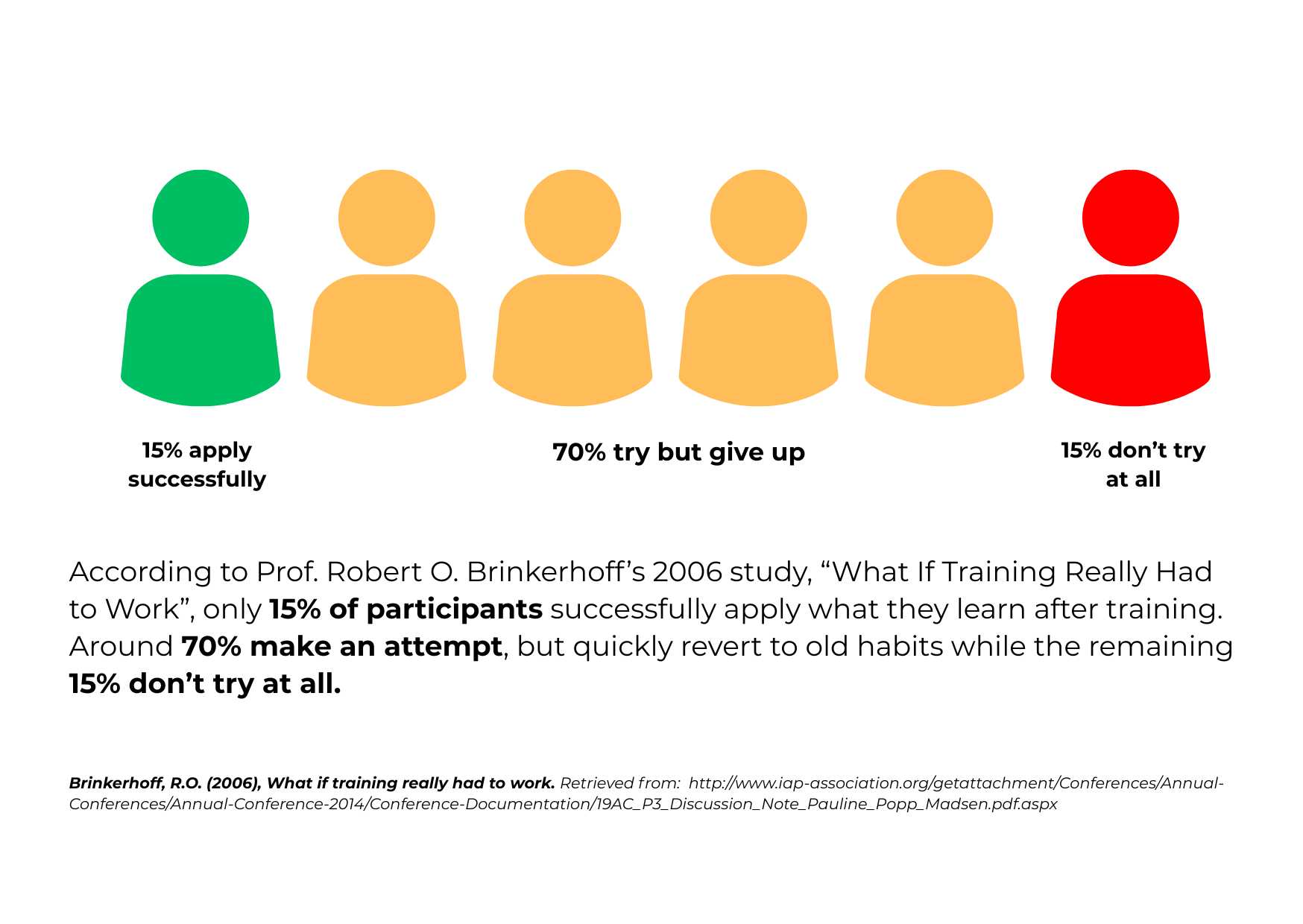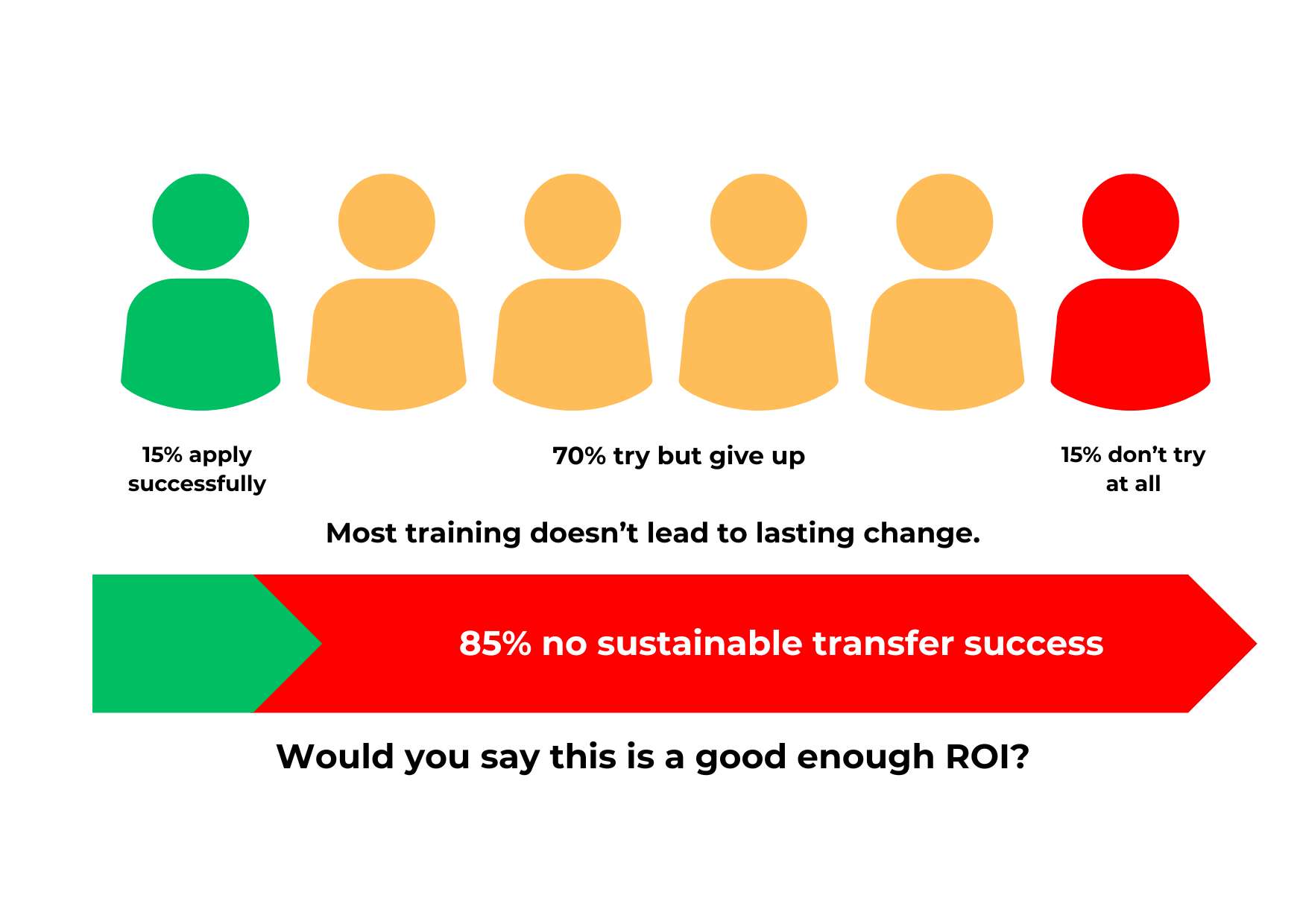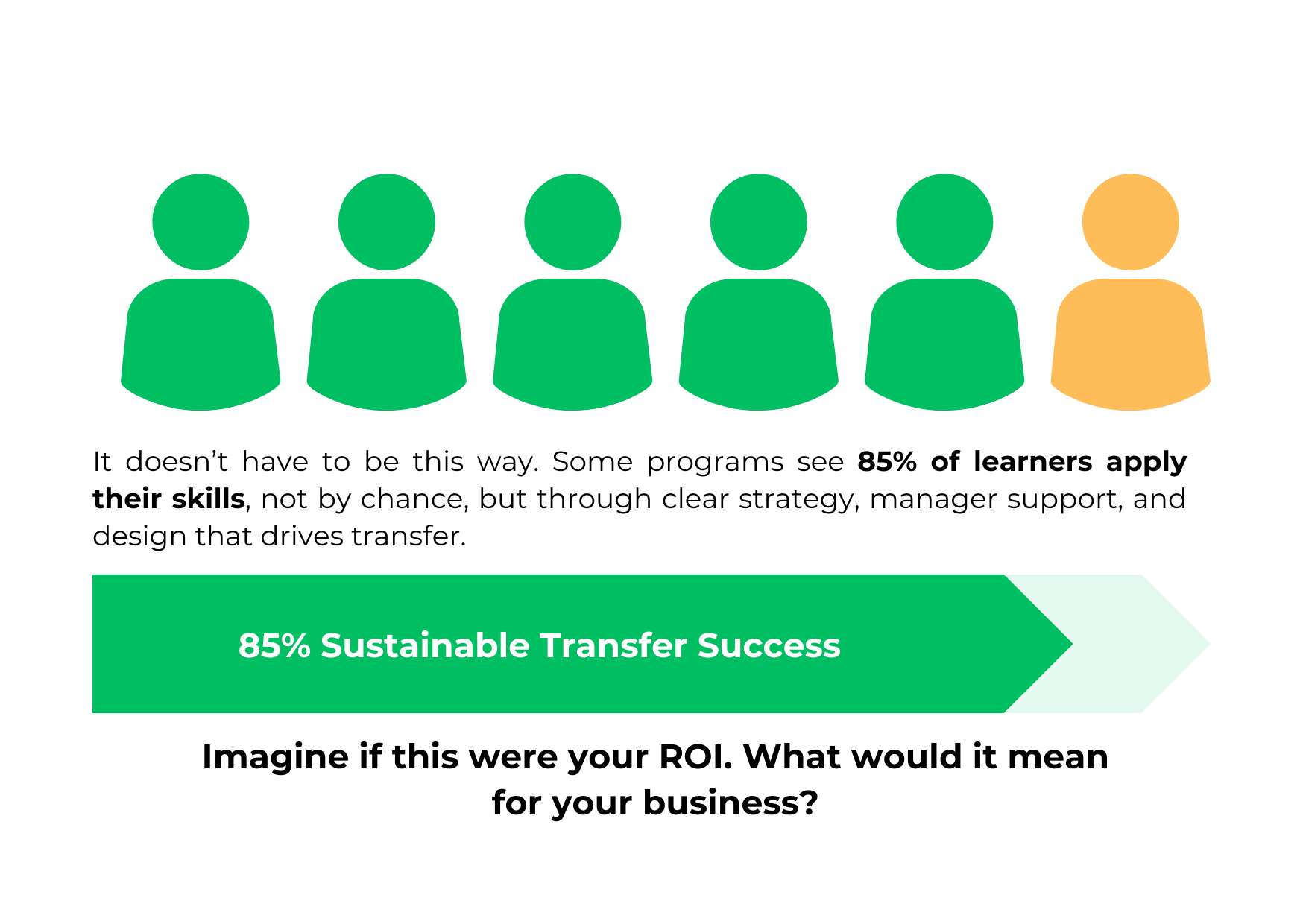🔶 Not sure where to start? Try the Transfer Readiness Quiz →
Why Training Transfer Matters
Most training fails not because of poor content, but because of poor transfer. Studies show only 15% of learners sustainably apply what they’ve learned. That’s not just a learning problem, it’s a business problem.
The Transfer Problem
Training transfer isn’t just low, it’s predictably low.
Take a look at what typically happens after training:
*Move your mouse over the image to stop the scroll and explore it in detail. For Mobile Devices, tap and hold to pause.
The 12 Levers of Transfer Effectiveness®
Training alone isn't enough to improve performance.
To bridge the gap between learning and doing, Dr. Ina Weinbauer-Heidel analyzed over 100 factors influencing training transfer. She distilled them into the 12 Levers of Transfer Effectiveness®, a research-based framework that helps organizations increase learning application, boost training ROI, and drive measurable business impact.
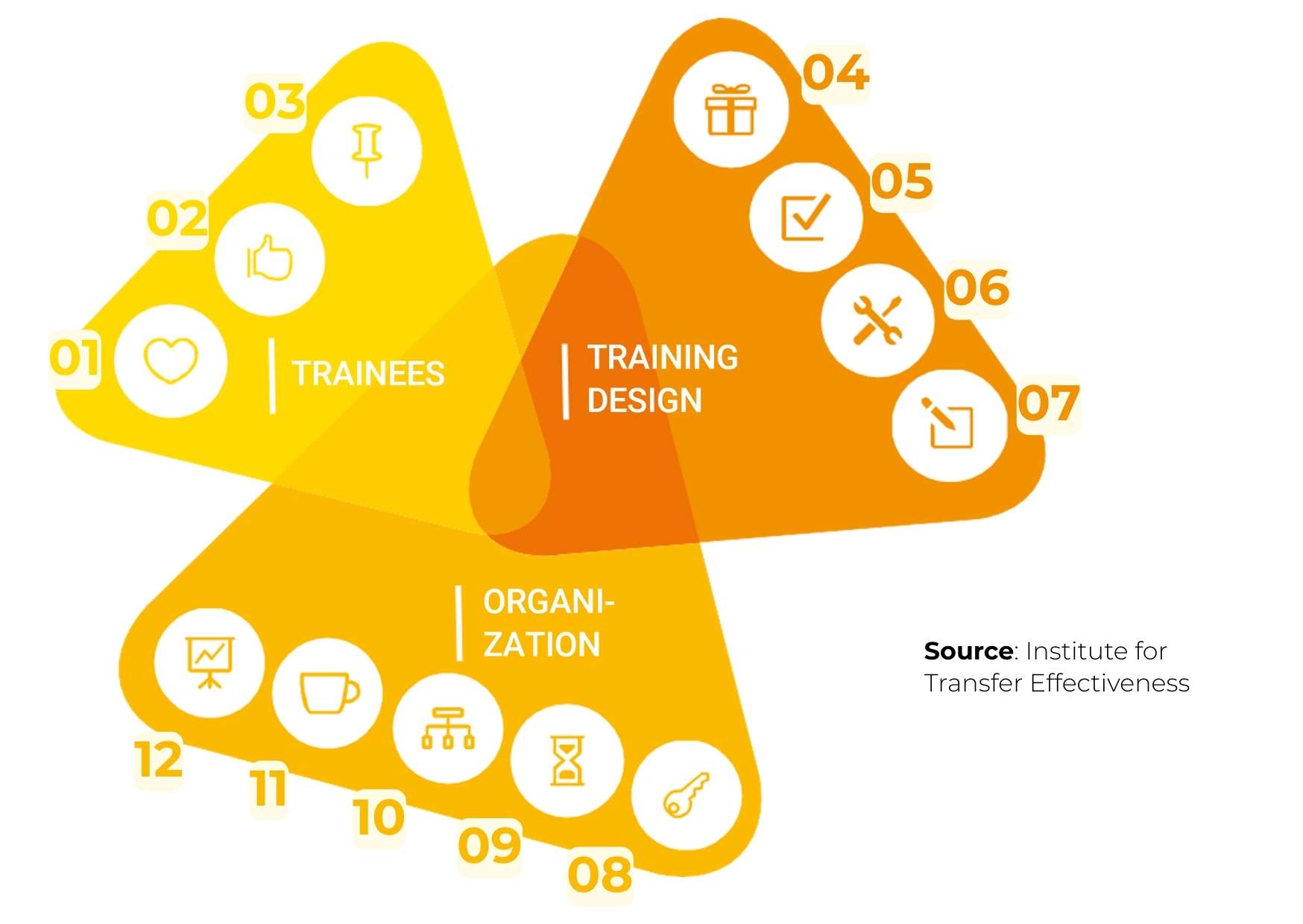
Grouped into three domains: Trainees, Training Design, and Organization; these 12 levers give L&D professionals a research-backed roadmap to design programs that deliver measurable impact.
Best of all? Each lever can be intentionally influenced through specific tools and strategies.
Explore the 12 levers that help turn training into real performance.
💡 Trainees
01 Transfer Motivation

Do they want to apply what they’ve learned?
Learners who see clear personal value in using new skills are far more likely to transfer learning into practice.
🔎 Your Audit Ask:
- Do learners expect meaningful benefits from applying the training?
- Are they excited to use what they’ve learned?
02 Self Efficacy

Do they believe they can succeed?
Confidence is critical. If learners doubt their ability to apply the learning, they likely won’t try.
🔎 Your Audit Ask:
- Do learners feel capable of applying what they’ve learned?
- Did training boost their belief in their own competence?
03 Transfer Volition

Do they have the will to follow through?
Even with motivation and confidence, learners need persistence, especially when faced with setbacks.
🔎 Your Audit Ask:
- Will learners stick with their transfer plans, even when it gets tough?
- Are they prepared for real-world challenges?
🧠 Training Design
04 Clarity of Expectations

Do learners know what success looks like?
When goals are vague, transfer stalls. Clarity before and during training builds purpose and direction.
🔎 Your Audit Ask:
- Are outcomes clearly defined?
- Do learners understand what’s expected during and after training?
05 Content Relevance

Is the training tied to real work?
When learners see how content maps directly to their daily tasks, engagement and transfer skyrockets.
🔎 Your Audit Ask:
- Is training grounded in real-world examples?
- Can learners immediately see how to apply what they learn?
06 Active Practice

Are learners doing, not just listening?
Real change happens through action. Role-plays, simulations, and hands-on activities help cement learning.
🔎 Your Audit Ask:
- Do learners get to try out new skills in training?
- Are practice opportunities realistic and challenging?
07 Transfer Planning

Do learners leave the training with a plan?
Without a clear plan, even the best training fades fast. Learners need space to map out next steps.
🔎 Your Audit Ask:
- Did training include action planning?
- Are learners prepared for potential obstacles?
🏢 Organization
08 Application Opportunities
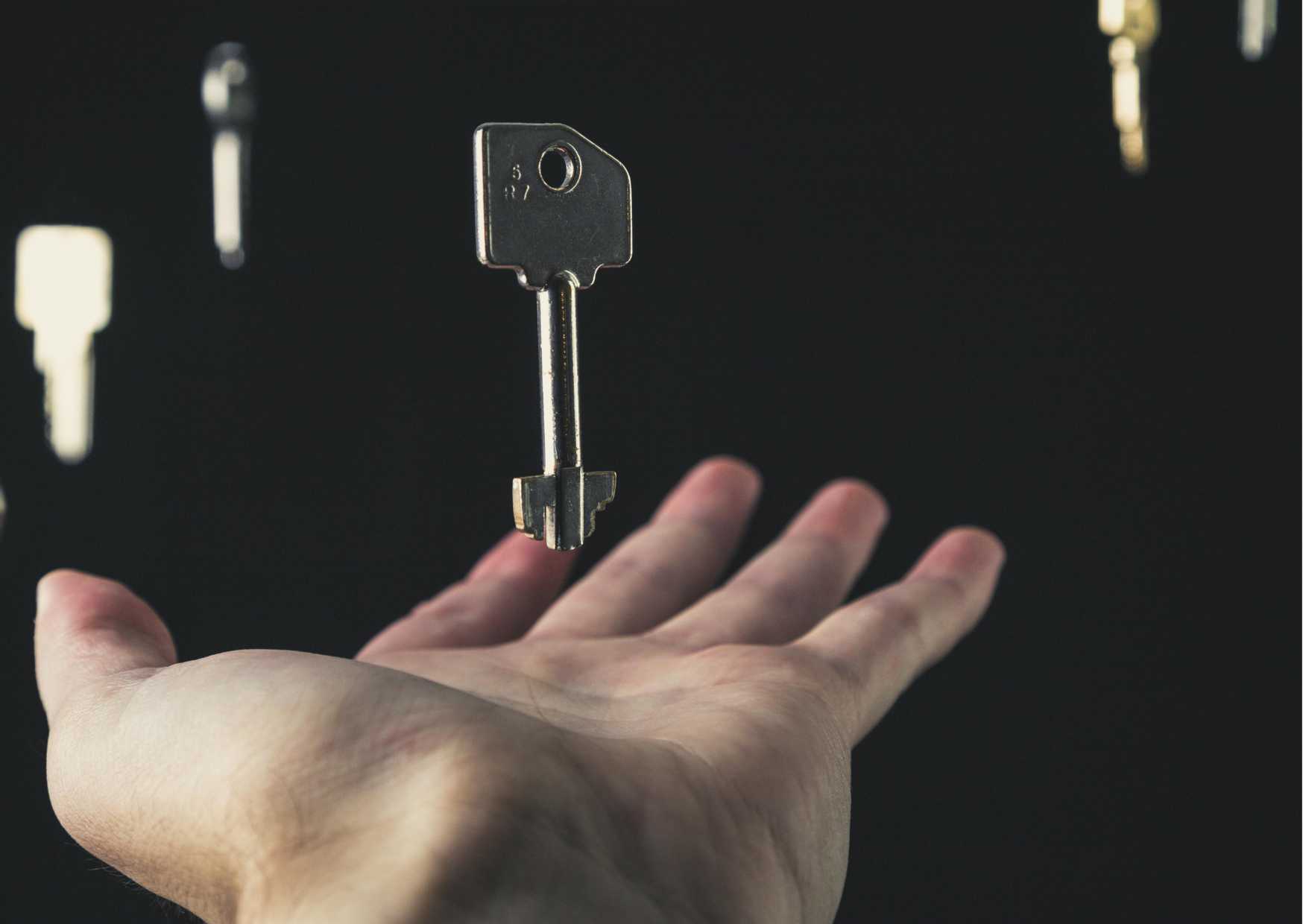
Is there space to use what was learned?
No matter how strong the training, if learners return to unchanged environments, transfer falters.
🔎 Your Audit Ask:
- Are there tasks or projects aligned with the new skills?
- Do learners have access to needed tools and resources?
09 Personal Transfer Capacity

Do learners have the time and headspace?
When workloads are too heavy or routines too rigid, there’s little room for new behaviors to take root.
🔎 Your Audit Ask:
- Do learners have time and bandwidth to apply what they’ve learned?
- Are they supported if mistakes happen during early attempts?
10 Supervisor Support

Are managers reinforcing the learning?
When leaders show interest, give feedback, and create opportunities, transfer becomes the norm.
🔎 Your Audit Ask:
- Are supervisors aware of what learners are trying to implement?
- Are they coaching and encouraging post-training behavior?
11 Peer Support

Are coworkers on board?
Transfer thrives in a team culture that encourages experimentation, feedback, and learning together.
🔎 Your Audit Ask:
- Are peers open to the changes learners are trying to make?
- Do they offer help, feedback, or encouragement?
12 Organizational Expectations

Is transfer expected and rewarded?
Organizations that treat transfer as the finish line, not just attendance, create lasting results.
🔎 Your Audit Ask:
- Is successful transfer visible and valued?
- Are there real consequences (positive or negative) tied to applying learning?
Designing for Results: Where the 12 Levers Meet Kirkpatrick
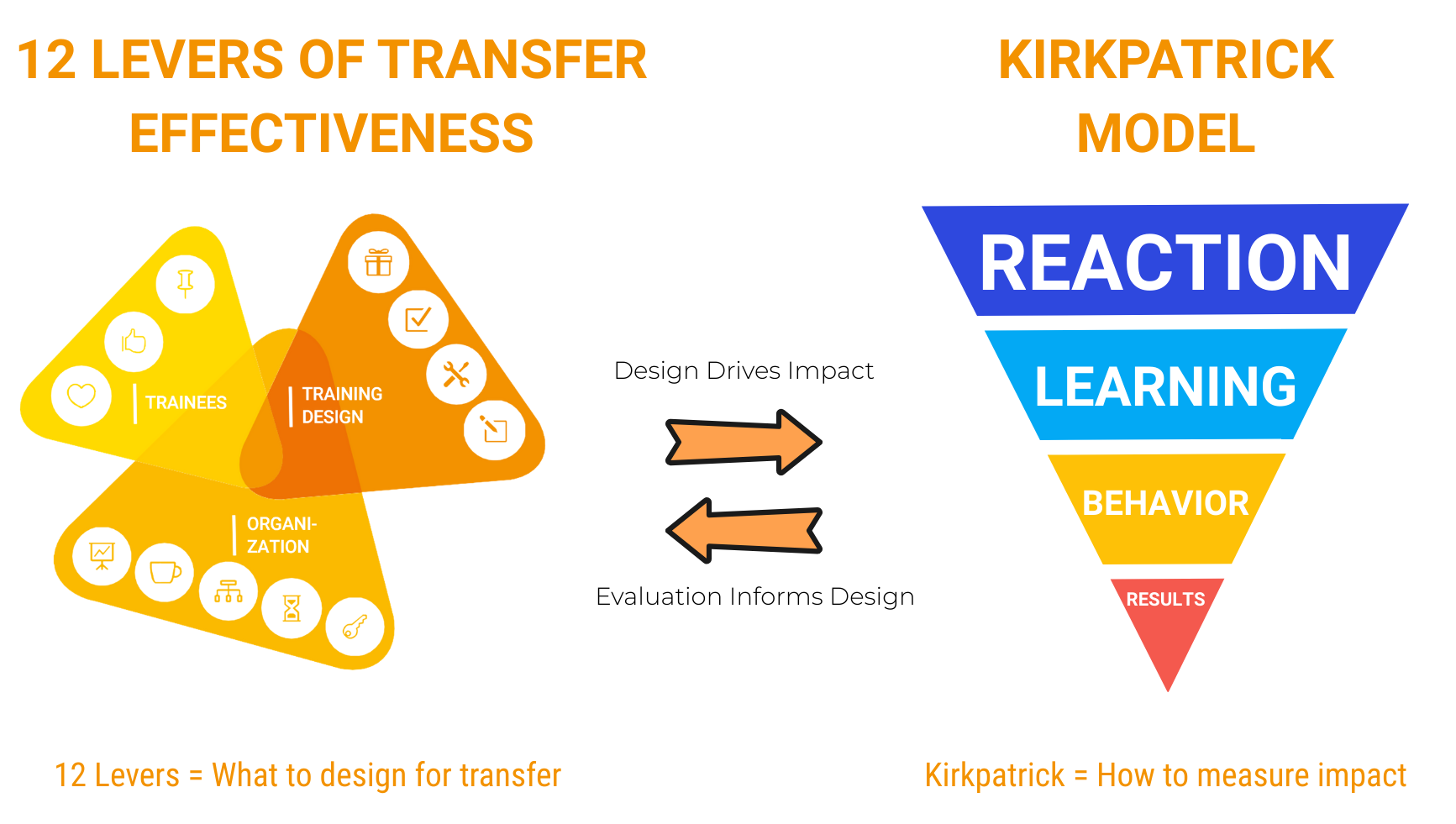
The 12Levers Impact Framework™ is grounded in the 12 Levers of Transfer Effectiveness®, which show us what to design to drive learning transfer across trainees, training design, and the organizational environment.
The Kirkpatrick Model, on the other hand, shows us how to measure the effectiveness of learning, across reaction, learning, behavior, and results.
By combining both models, the 12Levers Impact Framework™ ensures that your programs are:
-
Thoughtfully designed for application and transfer from the start
-
Aligned to real-world performance environments
-
Evaluated meaningfully to show real impact
Together, they create a powerful loop:
➡️ Design drives impact.
⬅️ Evaluation informs design.
The result? Programs that are intentionally designed for lasting behavior change and evaluated for measurable business results.

Want to Put the 12Levers Impact Framework™ to Work?
Whether you're starting from scratch or strengthening a flagship initiative, our services help you embed the 12Levers Impact Framework™ where it matters most - in the real work environment.
Explore how we can help you design for transfer, apply the right levers, and measure lasting impact.
